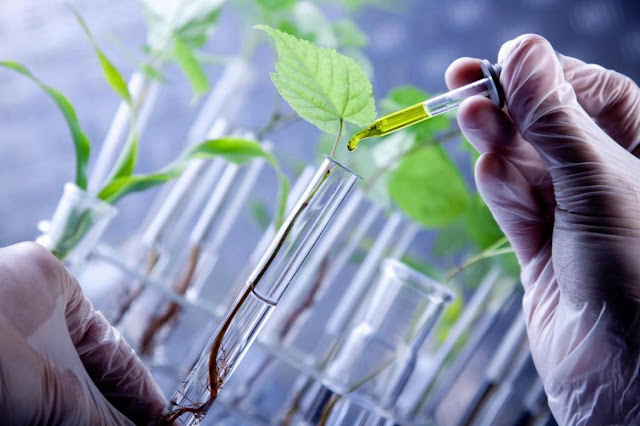Anesthesia Machines Are Vital During Surgical Processes
 |
| Anesthesia Machines |
Anesthesia Machines are essential tools in modern healthcare, playing a critical role in ensuring patient safety and comfort during surgical procedures. These machines are sophisticated devices that deliver a precise mixture of gases and anesthetics to induce and maintain a state of controlled unconsciousness, allowing for painless surgery and medical interventions.
Anesthesia
Machines consist
of several key components that work together to deliver a safe and effective
anesthetic experience. These components include a gas delivery system,
vaporizers, breathing circuits, monitors, and alarms. The gas delivery system
controls the flow and composition of medical gases, such as oxygen, nitrous
oxide, and air. Vaporizers ensure the accurate and controlled delivery of
volatile anesthetic agents, allowing for precise dosing and adjustment.
Breathing circuits connect the machine to the patient, delivering the gas
mixture and facilitating the exchange of gases during respiration.
One of the primary functions of an Anesthesia Machines is to maintain a
patient's vital signs, such as blood pressure, heart rate, oxygen saturation,
and carbon dioxide levels, within a safe range during surgery. This is achieved
through the integration of advanced monitoring systems within the machine.
These monitors provide real-time information to the anesthesia provider,
enabling them to make necessary adjustments to ensure the patient's well-being.
Anesthesia Machines are equipped with various safety
features to minimize the risk of complications and adverse events. For
instance, the machine incorporates fail-safe mechanisms to prevent the delivery
of an inadequate supply of oxygen or an excessive concentration of anesthetic
gases. Pressure relief valves and check valves are installed to protect against
excessive pressure or backflow of gases. Additionally, the breathing circuit is
equipped with a carbon dioxide absorber to remove exhaled carbon dioxide and
maintain optimal gas exchange.
Advancements in technology have led to
significant improvements in anesthesia machines over the years. Modern machines
are designed with enhanced automation, user-friendly interfaces, and integrated
electronic medical record systems. These features streamline the delivery of
anesthesia, reduce the likelihood of errors, and improve workflow efficiency.
Additionally, the integration of advanced monitors and alarms provides
anesthesiologists with real-time data, facilitating better decision-making and
patient management.
Another notable advancement in
anesthesia machine technology is the incorporation of closed-loop anesthesia
systems. Closed-loop systems utilize sophisticated algorithms and feedback
mechanisms to continuously monitor patient parameters and adjust the anesthetic
delivery accordingly. These systems optimize anesthesia depth, minimize the use
of anesthetic agents, and contribute to faster patient recovery times.
Safety protocols and guidelines are
rigorously followed to ensure the proper maintenance, testing, and calibration
of anesthesia machines. Regular inspections and preventive maintenance are
conducted to identify and rectify any potential issues. Anesthesia providers
undergo comprehensive training to ensure their proficiency in operating and
troubleshooting these anesthesia machines.



Comments
Post a Comment